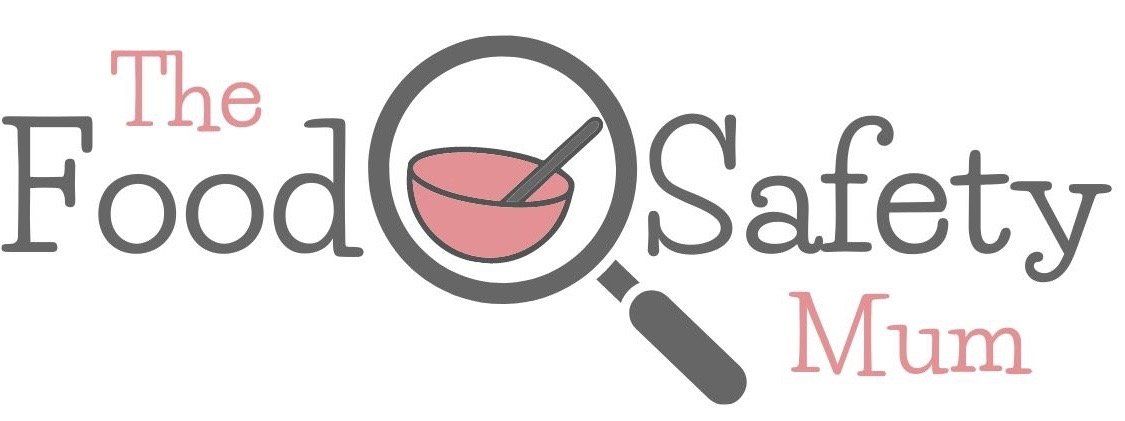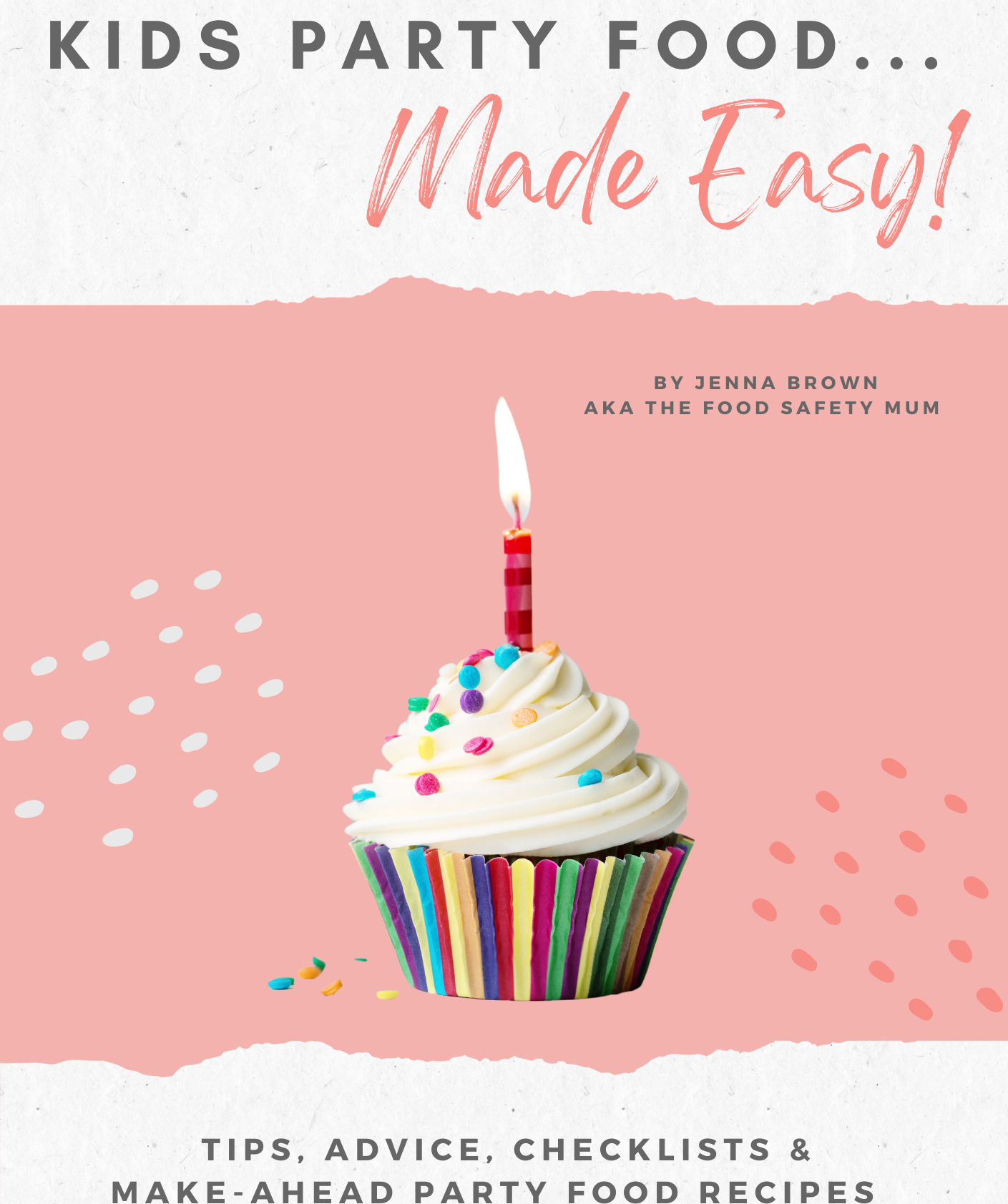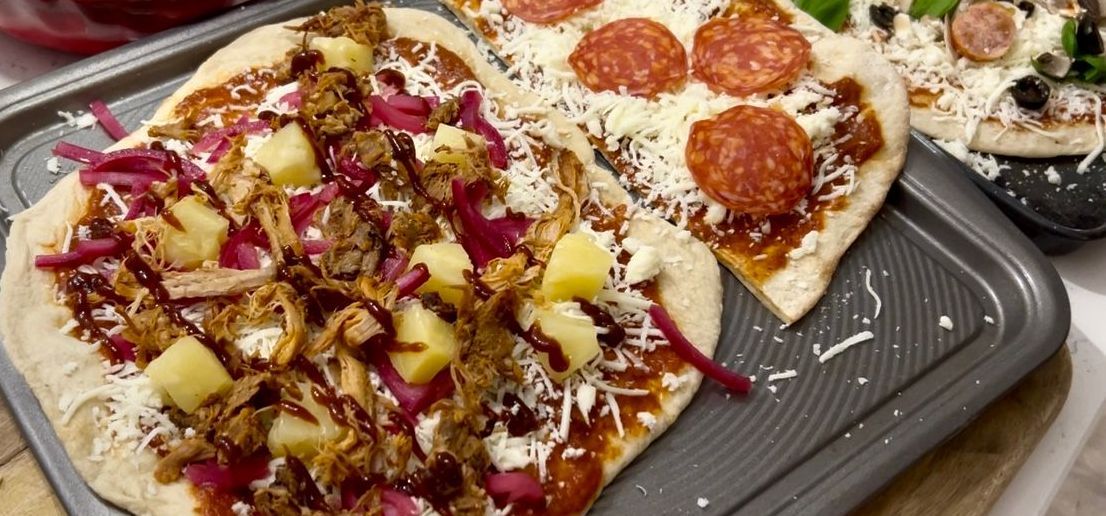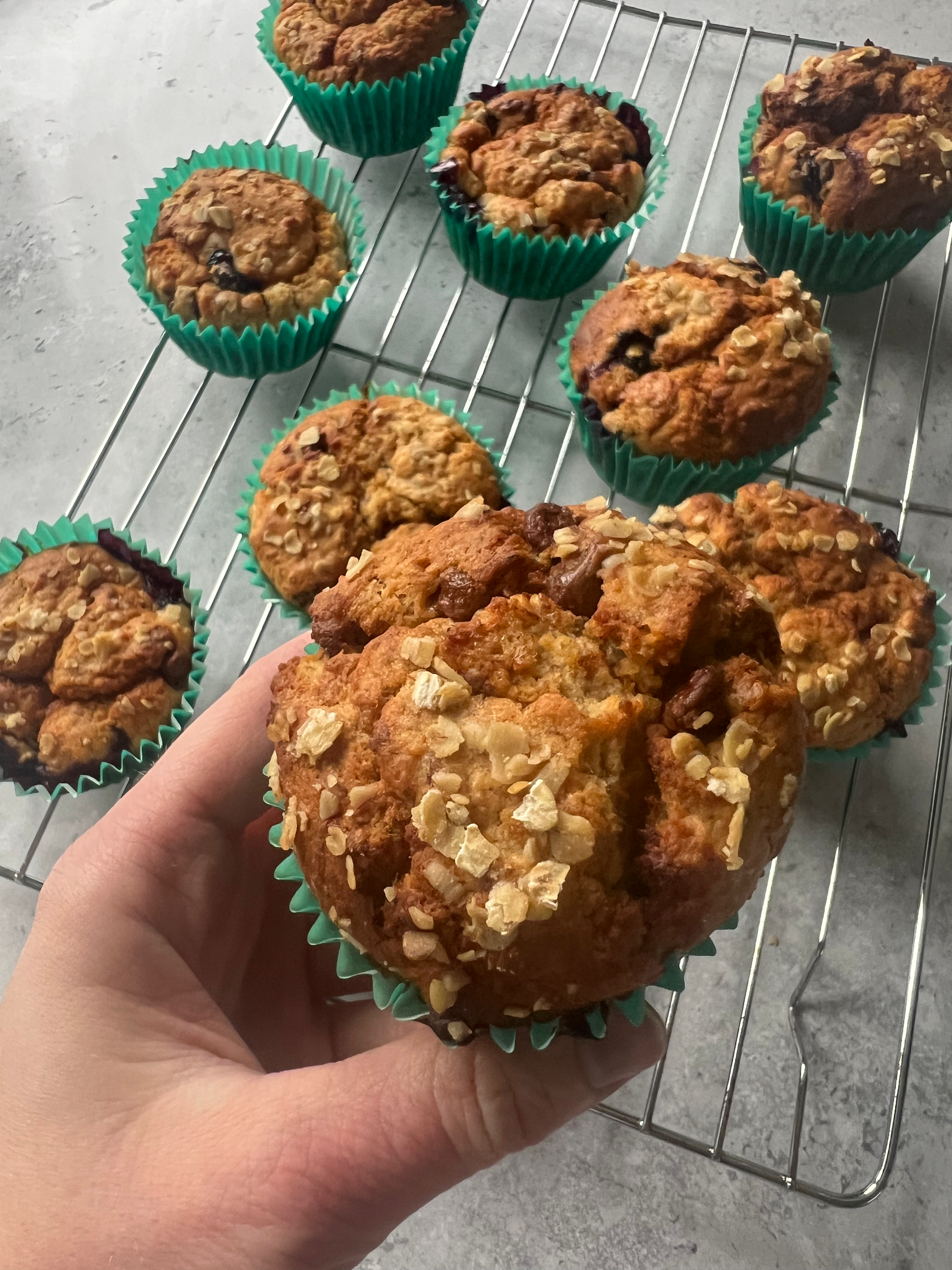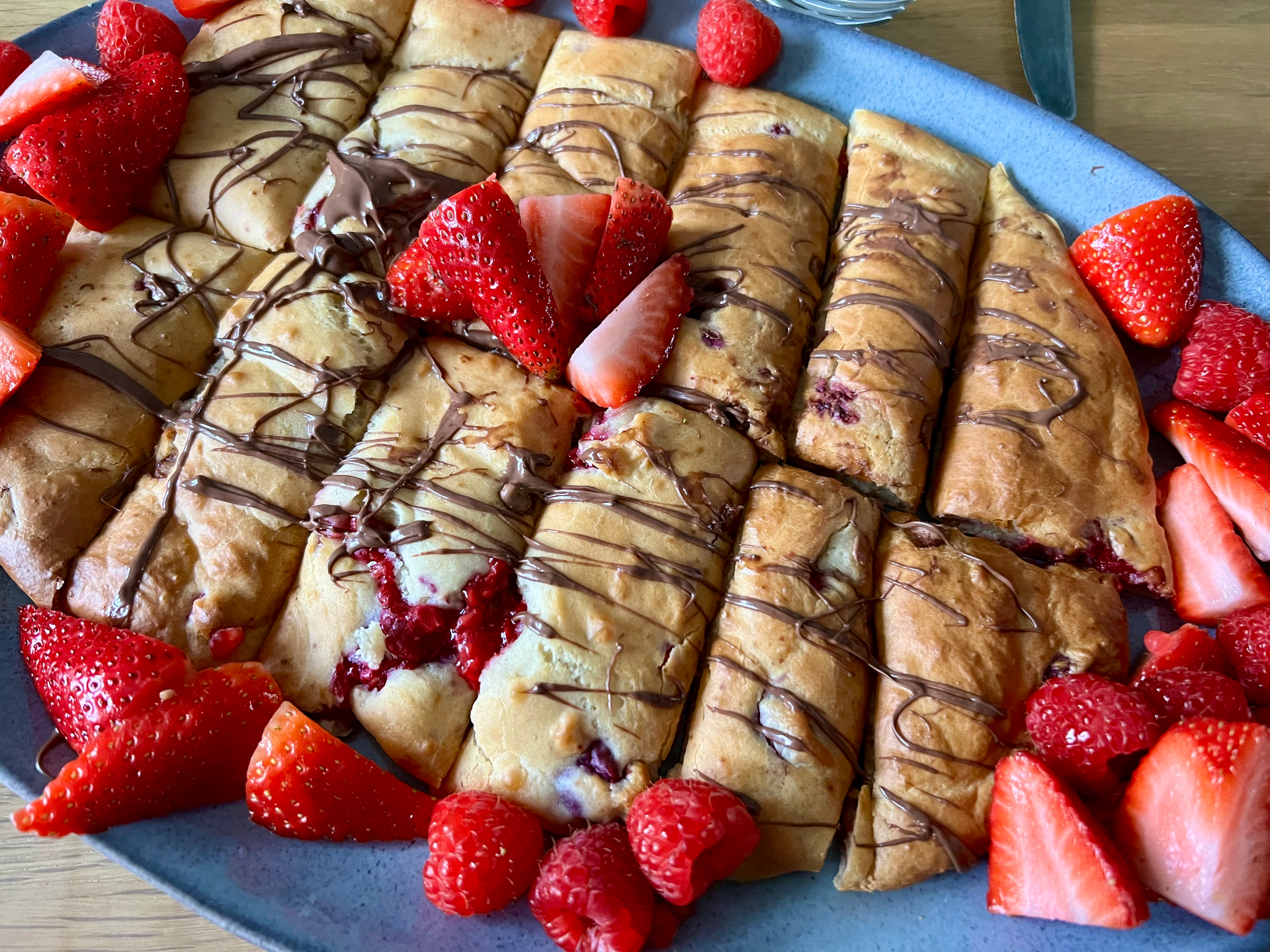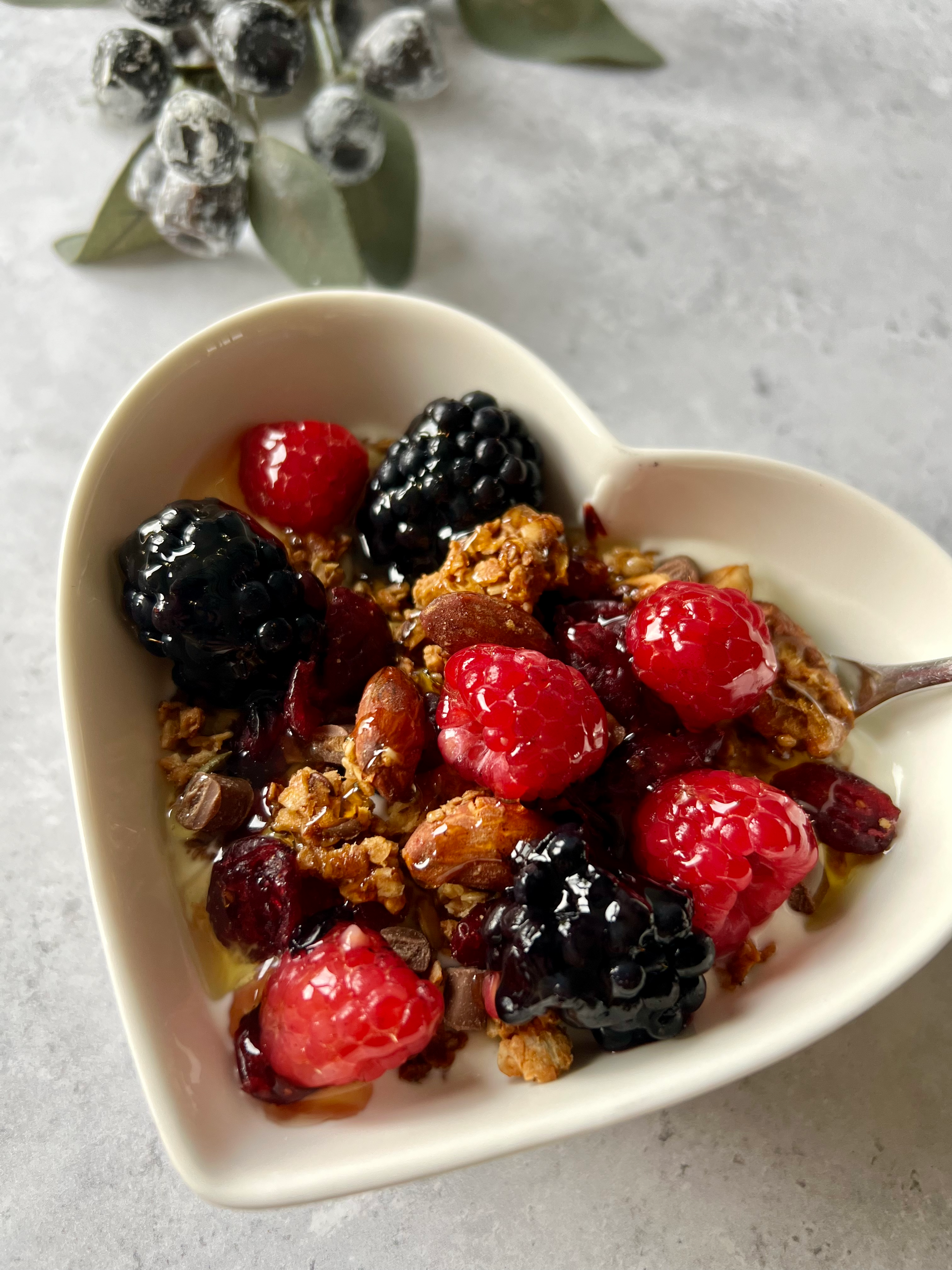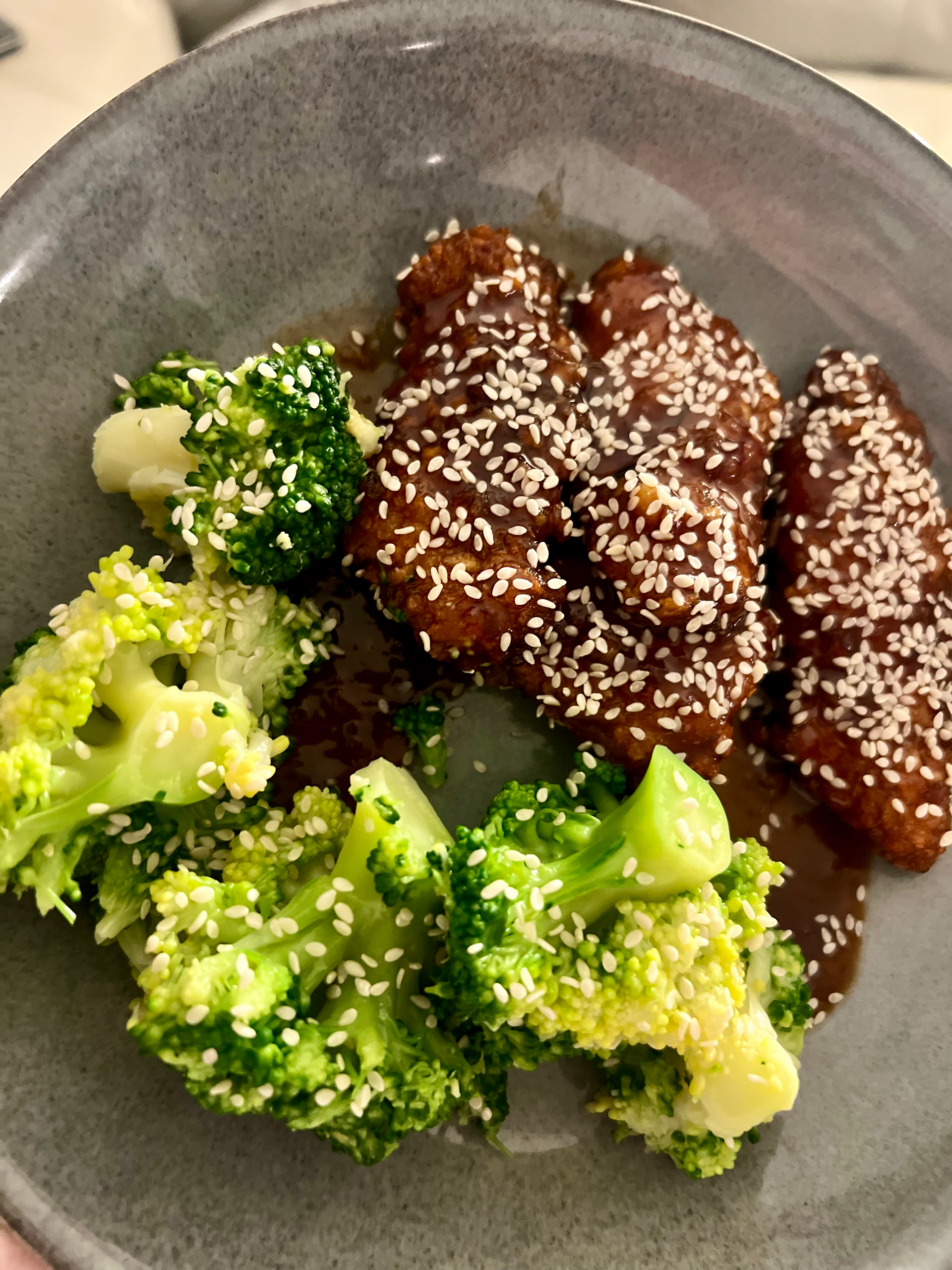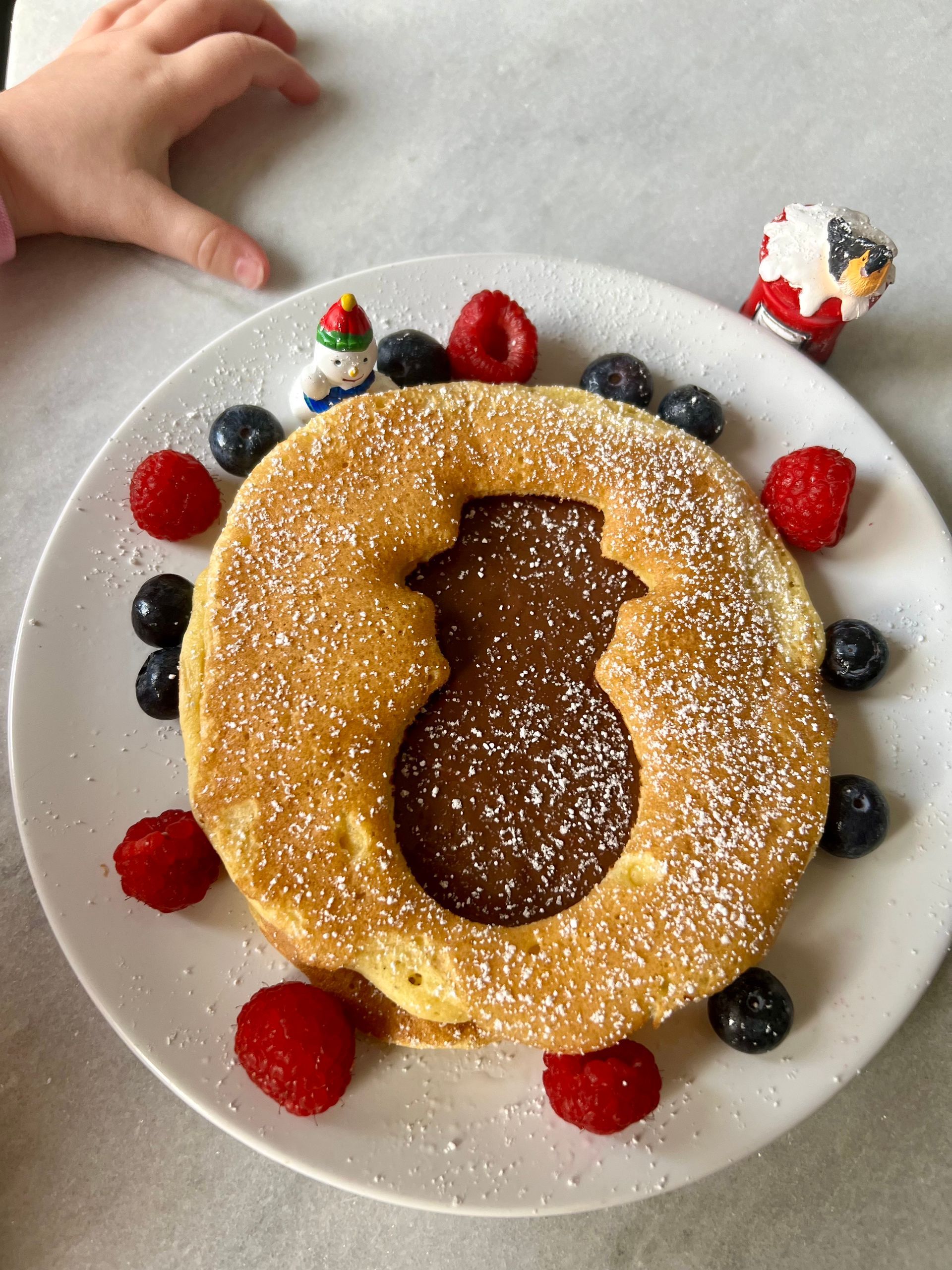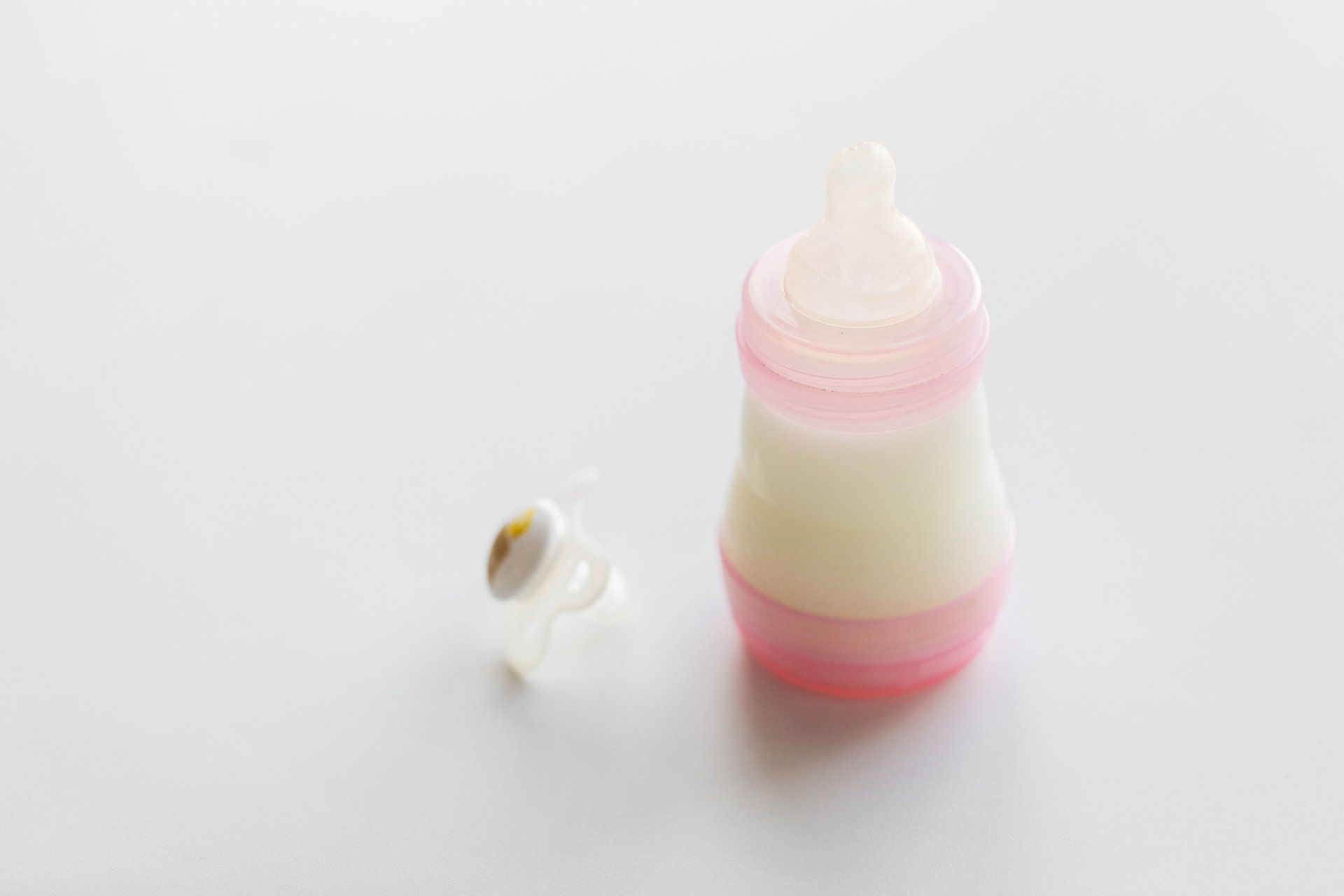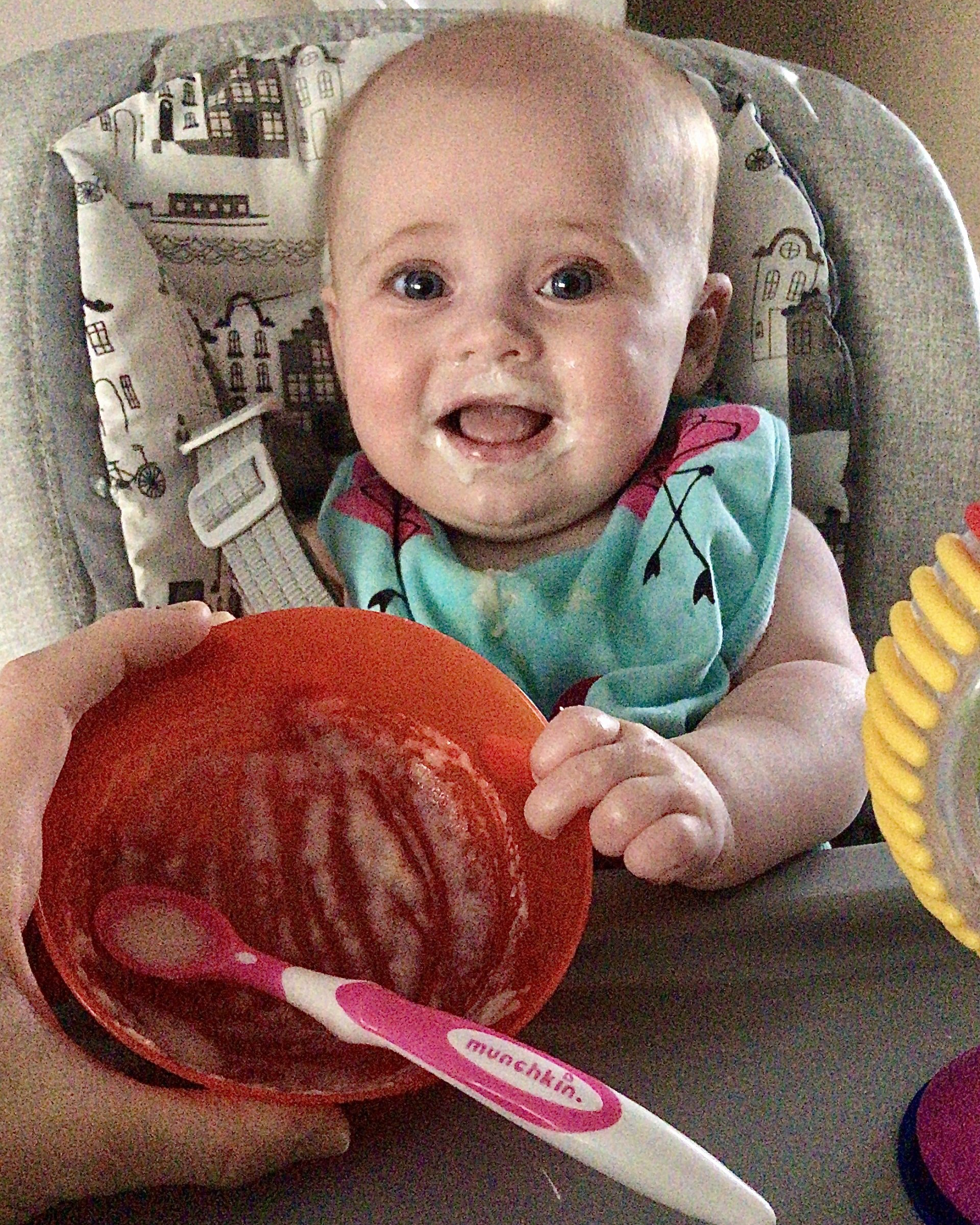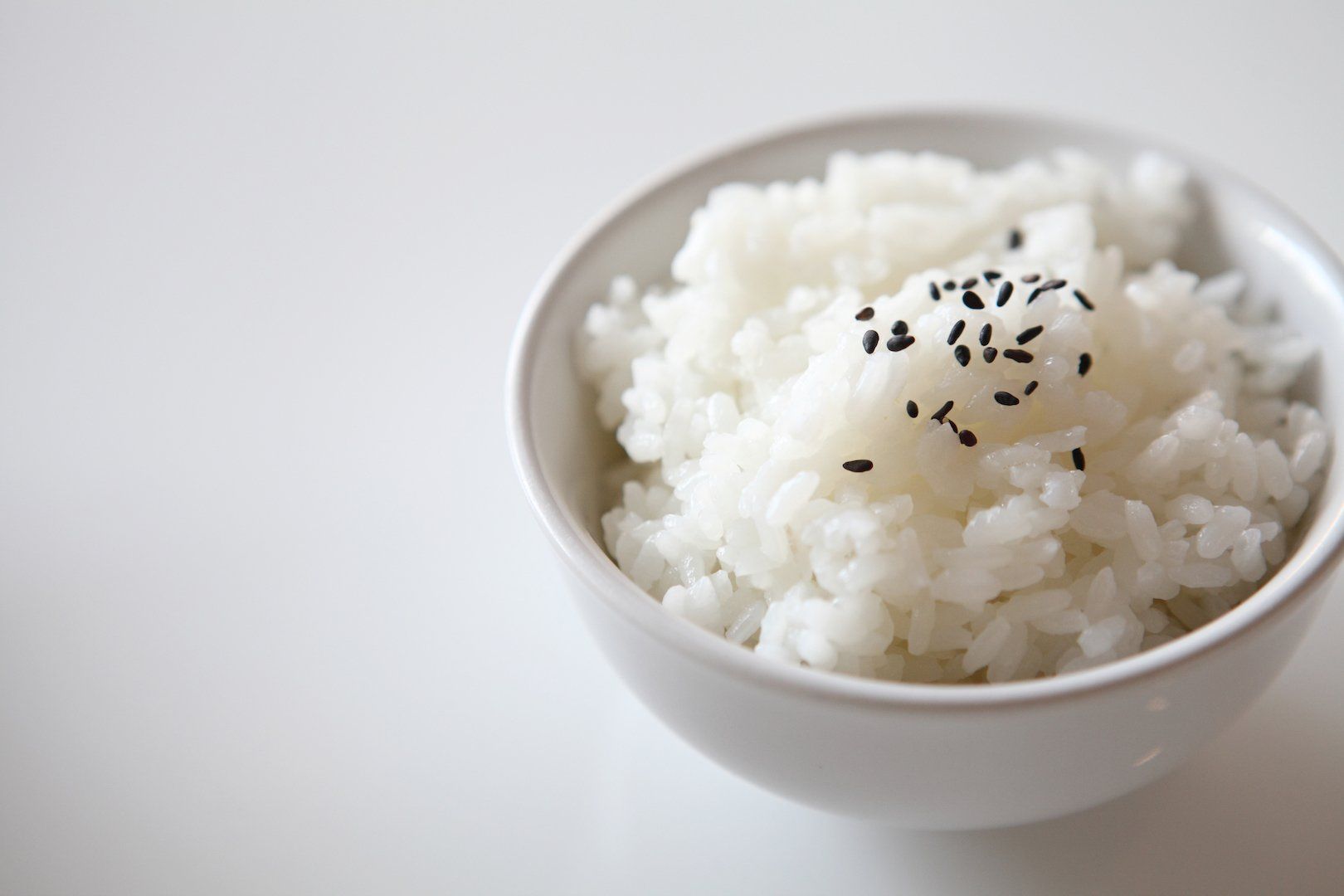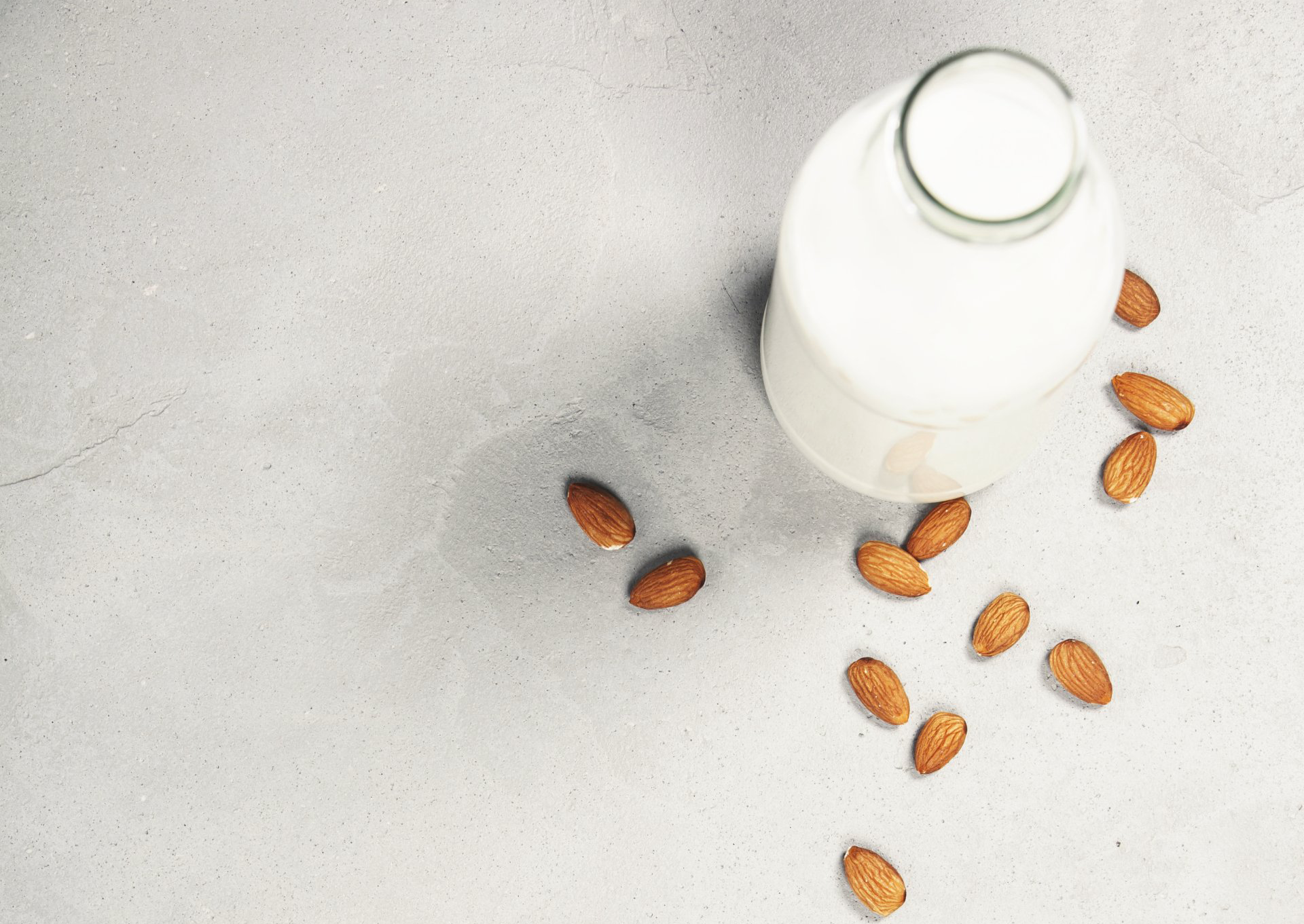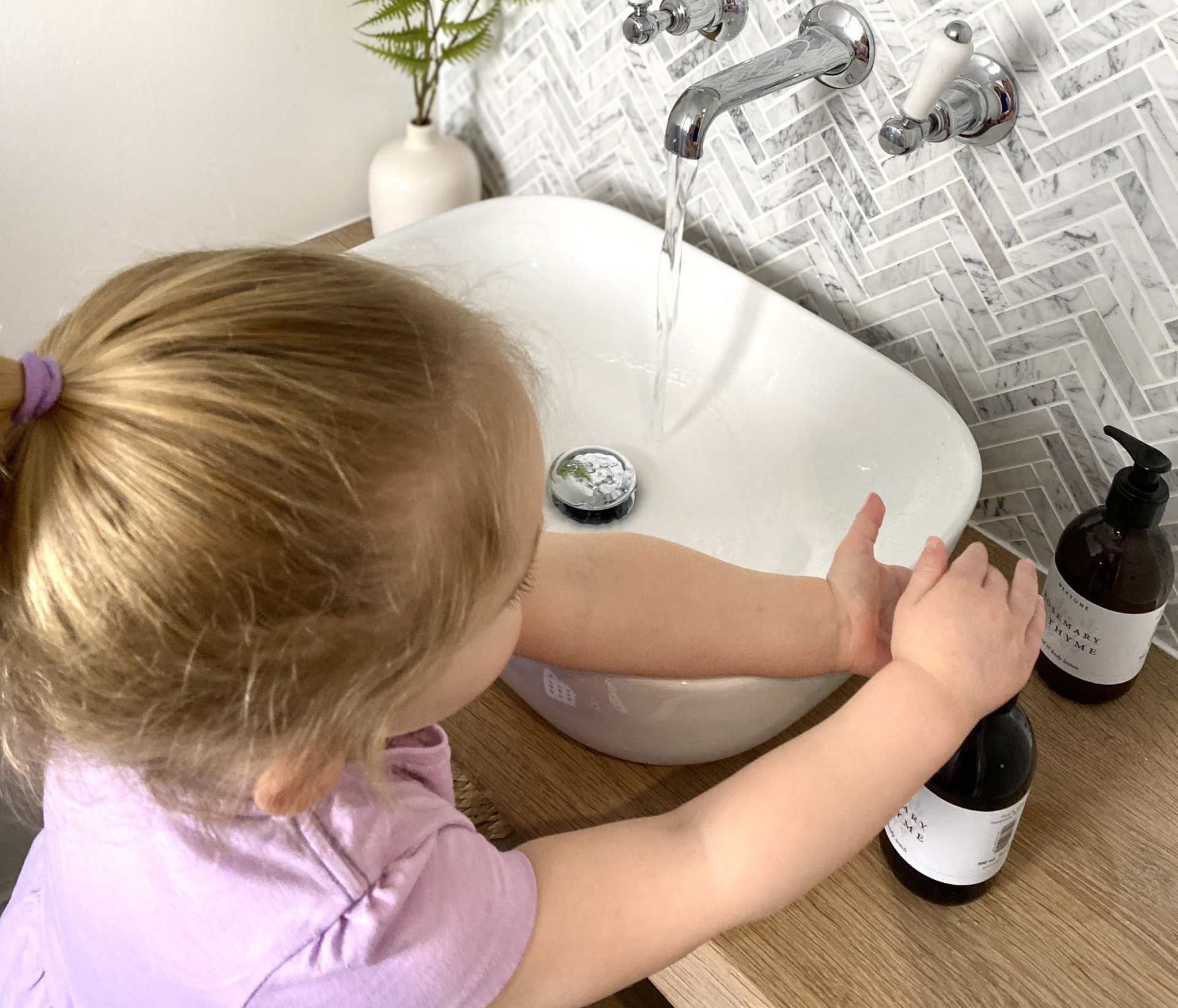by Jenna Brown
•
11 January 2023
Whether you breastfeed, formula feed, exclusively pump or combination feed, chances are you have questioned yourself over sterilising; what needs to be sterilised , how often and until when?! When our babies are little, it’s our natural instinct to want to do everything we can to protect them! So… here’s a run down of what you NEED TO KNOW when it comes to protecting them from germs and bacteria when it comes to their own feeding equipment! BUT… Before we get into the detail of the ‘what, how and when’s’ of sterilising, I’ll start by answering the simple question of Why do we need to Sterilise?! The most important factor to point out here is that babies under 1 don’t have the same immune systems as us adults, or even older children. Sterilising will help kill any bacteria present in your baby’s feeding equipment, ultimately helping to protect your baby from infections that may cause your baby to suffer symptoms of sickness and diarrhoea. But don’t be daunted by the need to sterilise equipment! It really is straightforward once you get the hang of it and hopefully this blog will help you to answer some of your questions covering EVERYTHING you need to know about sterilising… What needs to be sterilised? Regardless of whether you are breast feeding or formula feeding, there is typically always something that needs sterilising! If you’re formula feeding…… Before every feed, you will need to make sure that all parts of your baby’s bottle have been sterilised; including the bottle, teat, lid and any internal parts of the bottle such as anti-colic venting tubes. If you’re breast feeding…… If expressing breast milk, the NHS advise that you should store expressed breast milk in sterilised containers or in special breast milk storage bags (which are pre-sterilised and ready to use straight away). When it comes to sterilising breast pump equipment, this isn’t an area where there is a lot of research so often advice regarding sterilising breast pumps can differ between professionals. In the UK, the NHS recommends that all equipment which comes into contact with your baby’s milk (including equipment used to collect, store or feed expressed breast milk) is sterile. However, the Association of Breastfeeding Mothers, along with the Academy of Breastfeeding Medicine, advise that after sterilising before first use, subsequently washing breast pump parts with hot soapy water is sufficient for healthy babies . Ultimately, how often you choose to sterilise your breast pump equipment will be your own personal decision taking into account the health of your baby, what you feel comfortable with and are able to realistically sustain on a daily basis. It’s important to remember though that sterilising will always help to add an extra layer of protection for your baby; which may be particularly important if your baby is less than 3 months old, was born prematurely or has a weakened immune system. If you haven’t used your pumping equipment in a while though, it’s always best to sterilise before using. Anything else you need to sterilise? As well as baby’s feeding equipment (such as bottles), it is also a good idea to sterilise other items which regularly go into baby’s mouth like dummies for the first six months of baby’s life - especially as these items seem to always end up on the floor! Is it Necessary to Sterilise Weaning Equipment? Once you’ve finally mastered sterilising baby bottles, it is then time for weaning! Along with a whole raft of questions you may have about weaning, in those early days you might wonder…. “ Do I need to sterilise weaning equipment?!” Rest assured… if you’re weaning around the recommended age of 6 months, then there is no need to sterilise the equipment you use for food such as bowls, spoons or cups and washing in hot soapy water or using a dishwasher will be sufficient for these weaning essentials. However, if you decide to wean before 6 months, it is recommended by the NHS that you do sterilise baby’s feeding equipment until they reach 6 months. Don’t forget though that it is always important to follow good food hygiene practices at any age! Check out some of my other blogs about preparing first foods as well as tips on storing, defrosting and reheating your baby’s food here.
